How To Park The Car
In this article, we will guide you on How To Park The Car in a proper and professional way without any convenience. There are several automobile parking techniques, each intended to handle various circumstances, available areas, and traffic patterns. Here are some common types of car parking:
Types of Car Parking
Parallel Parking:
When parking next to other parked cars or parallel to the curb, you employ parallel parking. It entails guiding the automobile into a gap between two parked cars and positioning it parallel to the curb. This method calls for dexterity in determining distances and agility in confined areas.
Perpendicular Parking:
When cars are parked 90 degrees away from the curb or a parking space, this is known as perpendicular parking. Larger areas and parking lots often have this. The most popular parking method in parking lots is perpendicular parking, also referred to as “nose-in” parking. The car must be parked perpendicular to the parking lot lines or the curb. Parking perpendicularly is rather simple and makes it simple to get into and out of the space.
Angle Parking:
Cars are parked in angle parking when they are angled towards the curb or parking spot lines. 45 degrees and 60 degrees are common angles. Parking lots are a common location for this kind. Parking at an angle to the curb or parking spot lines is known as angle parking, and it is frequently observed in parking lots. In addition to maximizing parking space, this method frequently improves visibility as you leave the parking space.

Head In angle Parking:
Cars are positioned at an angle such that their front faces the parking spot. Larger parking lots and retail centers frequently have this. When you park your car by pushing forward into a spot, it’s known as head-in parking. It is frequently utilized in driveways or parking lots where there is plenty of room to move about. When exiting a parking space, head-in parking facilitates simple access and sight.
Back-in-Angle Parking:
Drivers re-enter the parking lot using this technique. This might make it easier to see while leaving the area. In certain places, it’s becoming more typical due to safety concerns. Reverse parking, also referred to as “backing in,” is the process of parking a car by backing into a designated spot. This method is frequently employed in places where forward vision is restricted, such as on busy streets, as it might improve visibility while leaving the parking space.
Diagonal Parking:
Like angle parking, diagonal parking entails parking at an angle to the curb or parking lines. The angle is more sharp, though, and it’s frequently employed in cramped spaces. Similar to angle parking, diagonal parking entails angling the car closer to the curb or parking spot lines. This method may make effective use of available space while maintaining high visibility, and it is frequently employed in parking lots and on broad roadways.
Multi-Level Parking:
Multi-level parking, which is frequently found in parking garages or other buildings, entails stacking parking spots vertically. In places where there isn’t much horizontal space, it maximizes parking capacity.
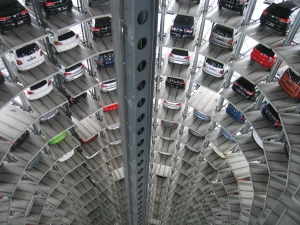
Valet Parking:
When a driver uses valet parking, staff park and get their cars back for them. This is typical in hotels, eateries, and on special occasions.
Parallel Parking in a Bay:
In this version of parallel parking, which is frequently seen in parking lots, vehicles are parked parallel to one another within designated bays.
How To Park The Car
Various methods may be used to park an automobile based on the circumstances and the kind of space available. One typical parking scenario is parallel parking, which can be facilitated by following this basic guide:
Find a suitable spot:
A spot that is at least a few feet longer than your automobile should be found. Parking there ought to be permitted, and you should be informed of any rules or limitations.
Signal and Approach:
To communicate that you plan to park, use your turn signal. Give yourself around two feet of room when you park your automobile in front of the empty spot, aligning it parallel to the other vehicle.

Check for traffic:
Look out for bicycles, pedestrians, and approaching vehicles in your blind areas, side mirrors, and rearview mirrors.
Stop Beside the Front Car:
When your back bumper lines up with the rear bumper of the vehicle in front of the vacant spot, stop completely.
Shift to Reverse:
After shifting into reverse, check the traffic and your mirrors once again
Begin the maneuver:
Completely turn the steering wheel to the right. Watch the distance between the automobile in front of you and the one behind you as you start to back up gently.
Straighten the wheels:
Straighten your wheels after your vehicle is positioned at a 45-degree angle to the curb.
Continue backing up:
When your automobile is almost parallel to the curb, keep reversing.
Turn the steering wheel to the left:
To align the front of your automobile with the curb, turn the steering wheel to the left.
Final Adjustment:
Ensure that your automobile is well within the lines and kept a safe distance from the curb by making any required changes.
Shift to Park:
For automatic transmissions, put your car in park, and for manual transmissions, use the handbrake.
Check your position:
Make sure you are correctly parked, staying out of other people’s spots, and keeping a safe distance from the curb by double-checking your location.
Car Parking Tips
Some have perfect parking. You’ll need patience and a lot of auto-parking sessions to get there. Here are some pointers to assist you.
Slow it down:
Control the speedometer on the vehicle. Allow the automobile to go at a snail’s pace. You have greater control over your automobile the slower it goes. You can observe, be vigilant, and make wise choices. If your automobile is traveling at a high speed, this will not be achievable (for beginners).
Watch It:
The place where you park your car will determine how careful you need to be with the surroundings. You should focus on maintaining a safe distance from other cars if you are parking the automobile in a designated parking lot.
When parking it in an open area, such as a building compound or by the side of the road, you should be aware of potential hazards such as stray dogs, youngsters, elderly people, autorickshaws, other cars, and pedestrians.
Mirror:
It may take some getting used to the side and rearview mirrors of an automobile. Ongoing use, nevertheless, will be beneficial. Some add superior mirrors in order to improve their parking. When parking, pay close attention to how you set the mirrors to provide a good vision.
Parking Assistance Features:
Contemporary automobiles are equipped with cameras (Parking Assist Technology) to facilitate parking. You may have these cameras put in your automobile if it doesn’t already have one and you think it will be useful.
Practice:
To get perfect at it, just like anything else, you will need to practice parking. That’s how seasoned motorists nail the parking lot. For them, it simply occurs naturally and without any work.
Conclusion
In summary, becoming proficient at parking your automobile is a useful skill that improves convenience and safety when driving. Those who adhere to the detailed instructions may easily and confidently handle a variety of parking situations. Comprehending the principles of parking, such as accurate placement, efficient use of mirrors, and utilization of spatial awareness, cultivates a feeling of mastery and command over one’s vehicle. Drivers grow increasingly skilled at navigating their cars in crowded areas and small spaces as they acquire practice with various parking tactics, such as parallel, perpendicular, and angle parking.
Furthermore, being able to park properly eases traffic and promotes general road etiquette, especially in cities with limited parking. In addition to the practical side of things, learning how to park a car teaches responsibility and respect for other drivers. It promotes patience and focus, which leads to safer behaviors and improved traffic flow. In the end, becoming proficient in parking is more than simply meeting a functional need—it also demonstrates a dedication to safe driving and improves one’s whole driving experience. Anyone may become a skilled and confident parker by practicing consistently and concentrating on learning the strategies covered, which will make roads safer and more effective for everyone.


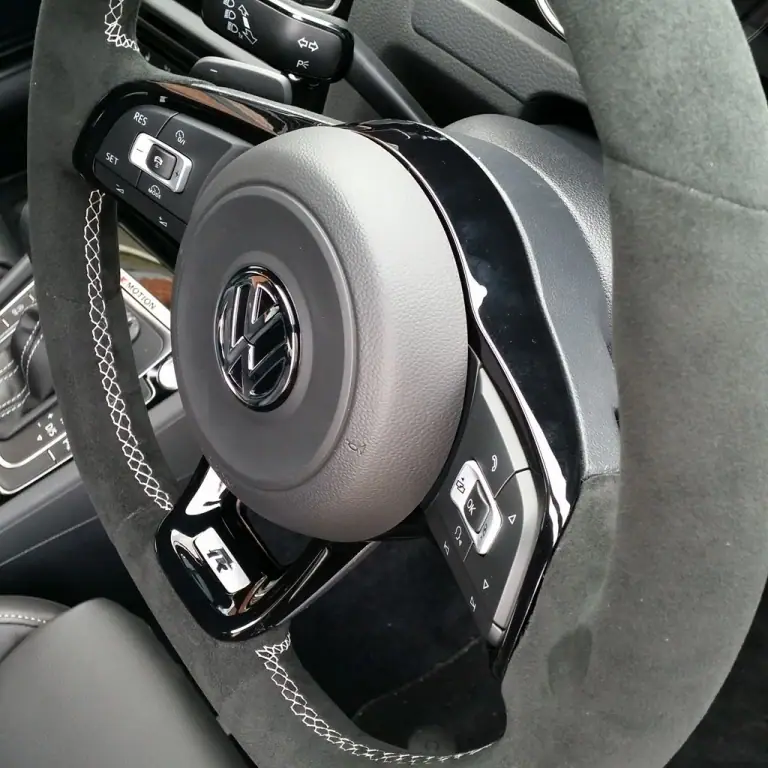
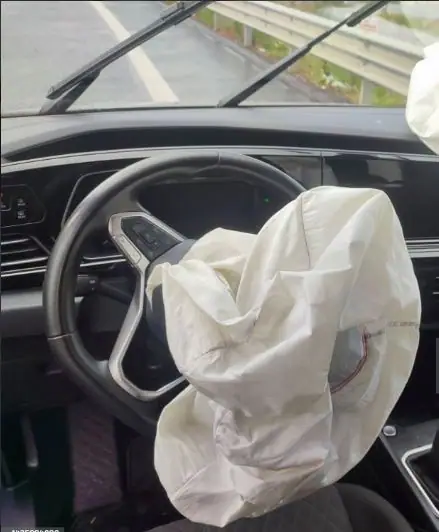
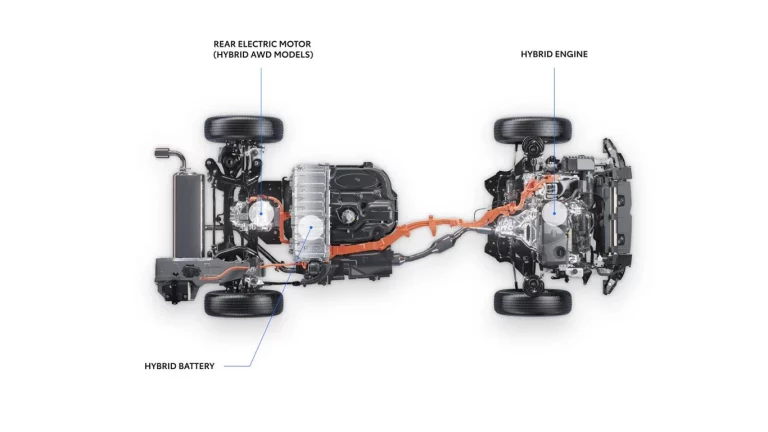
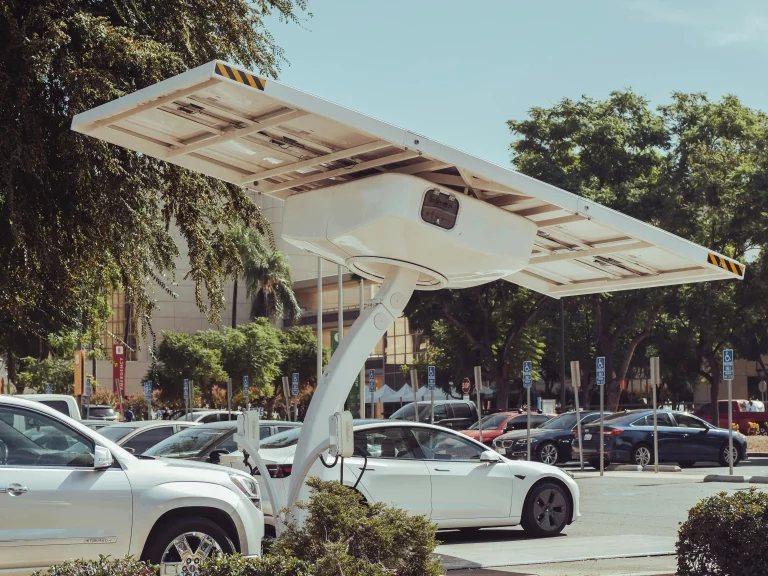
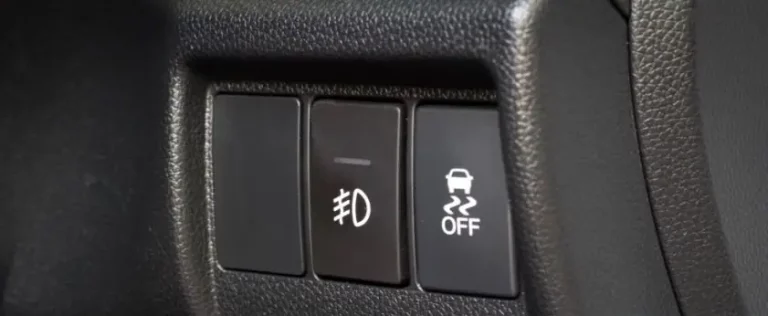
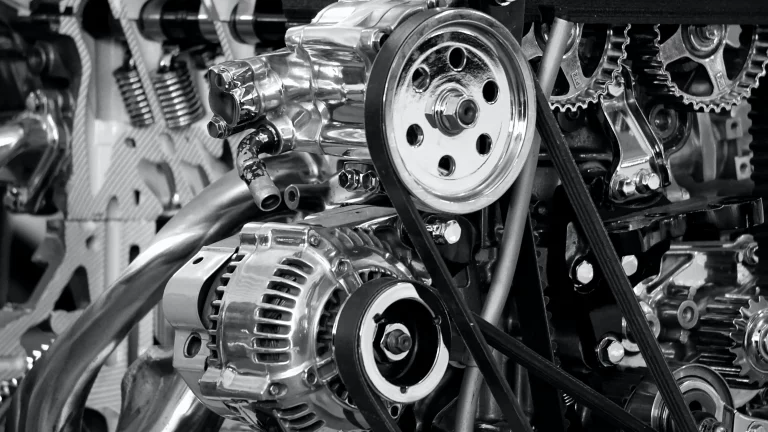
3 Comments